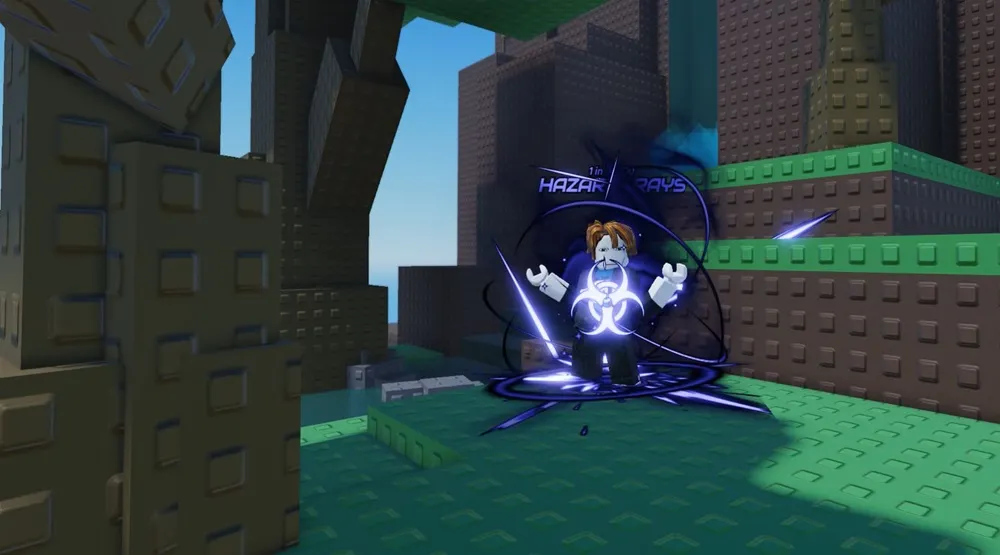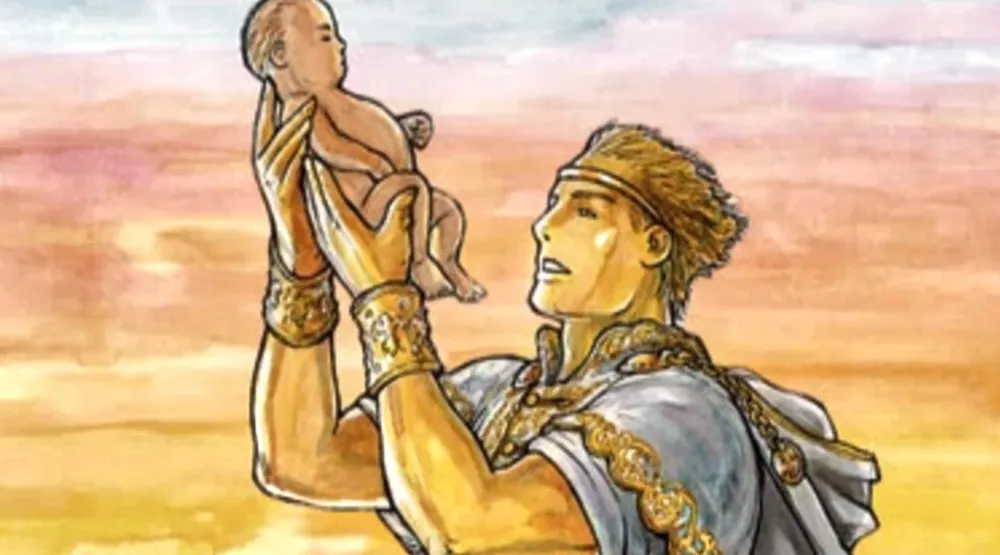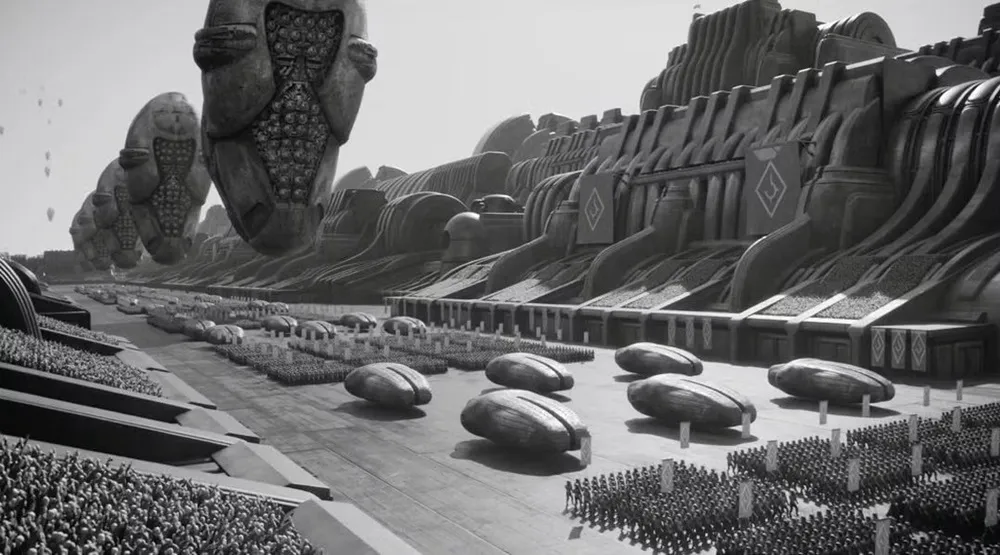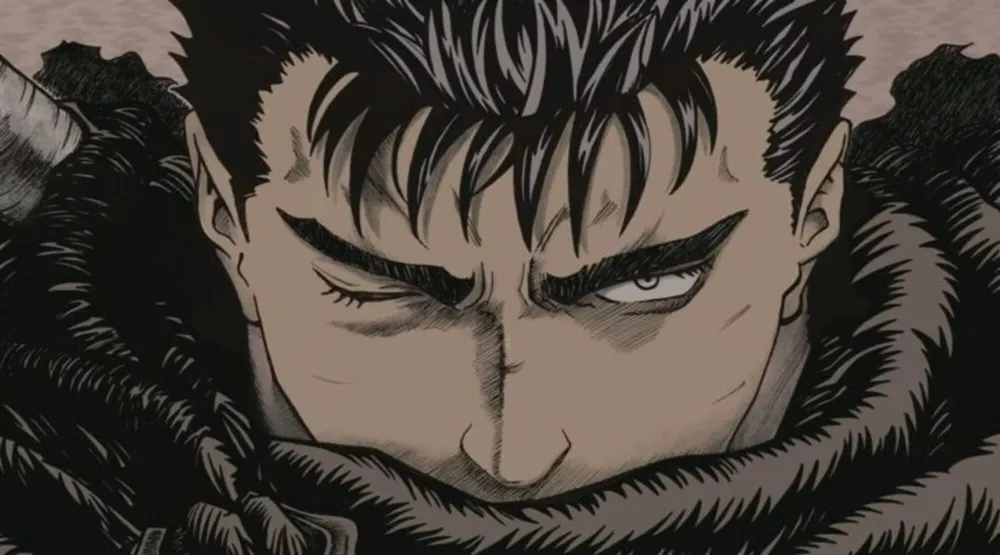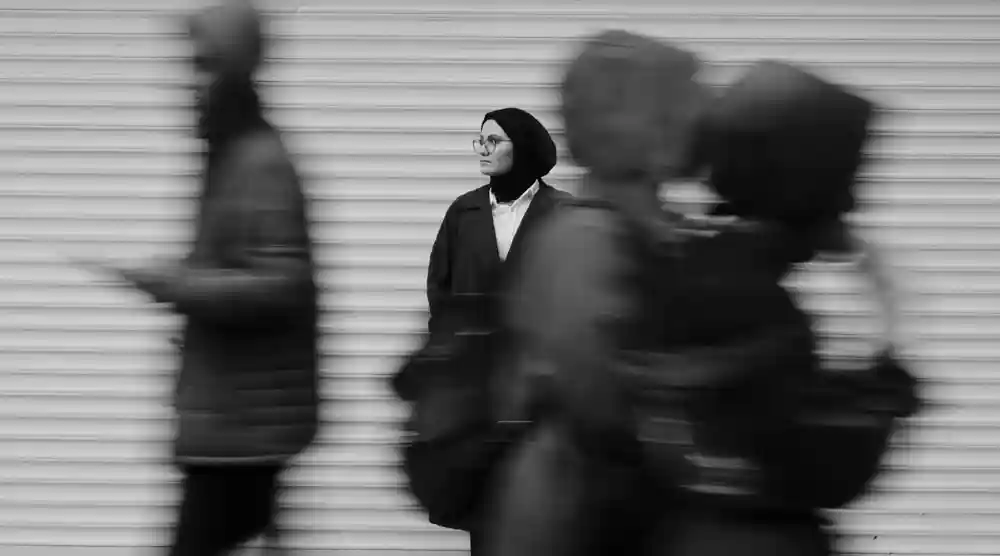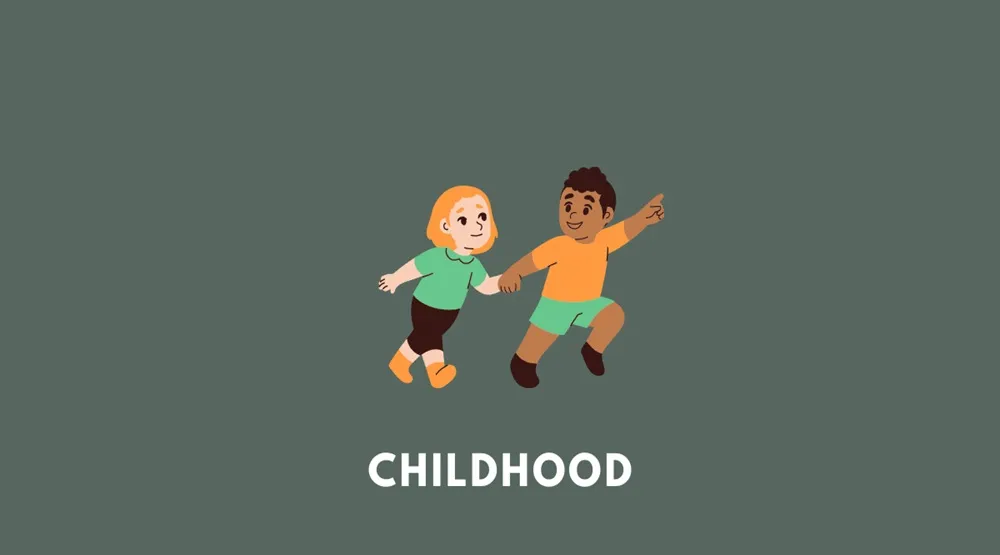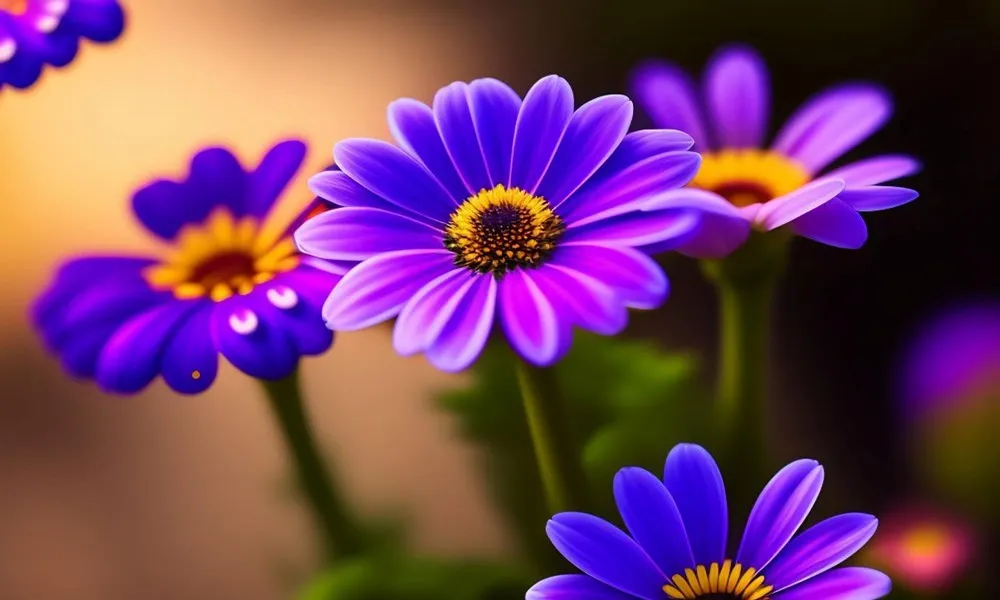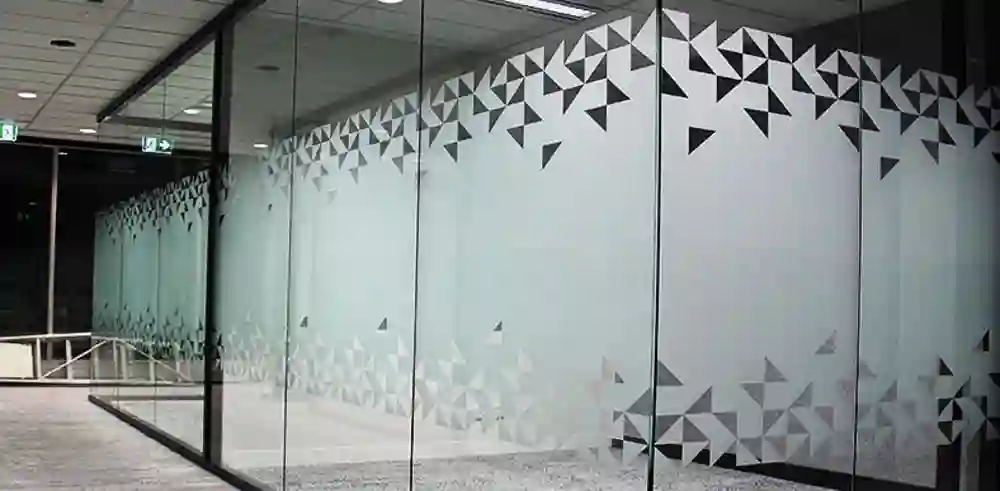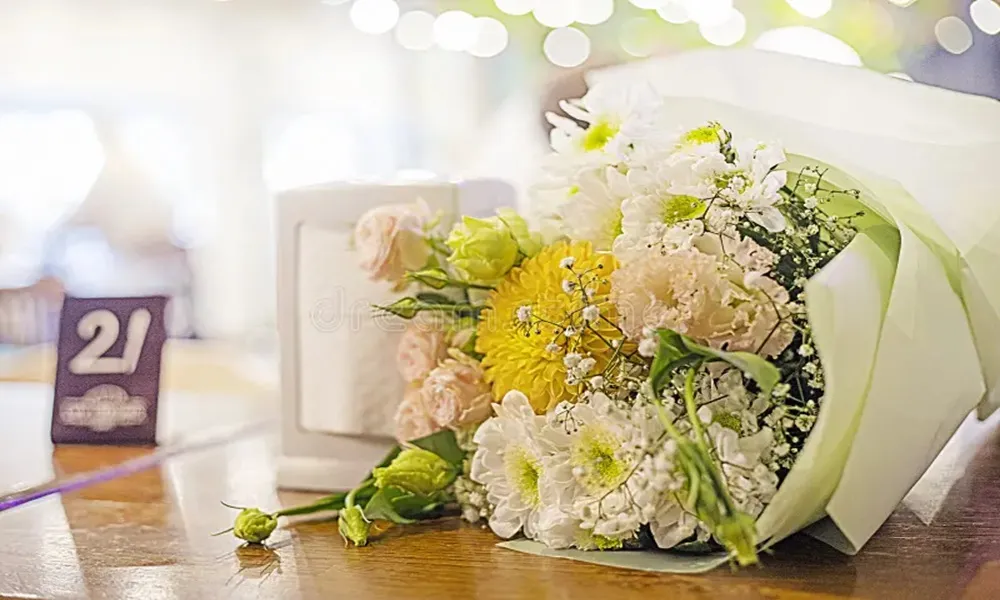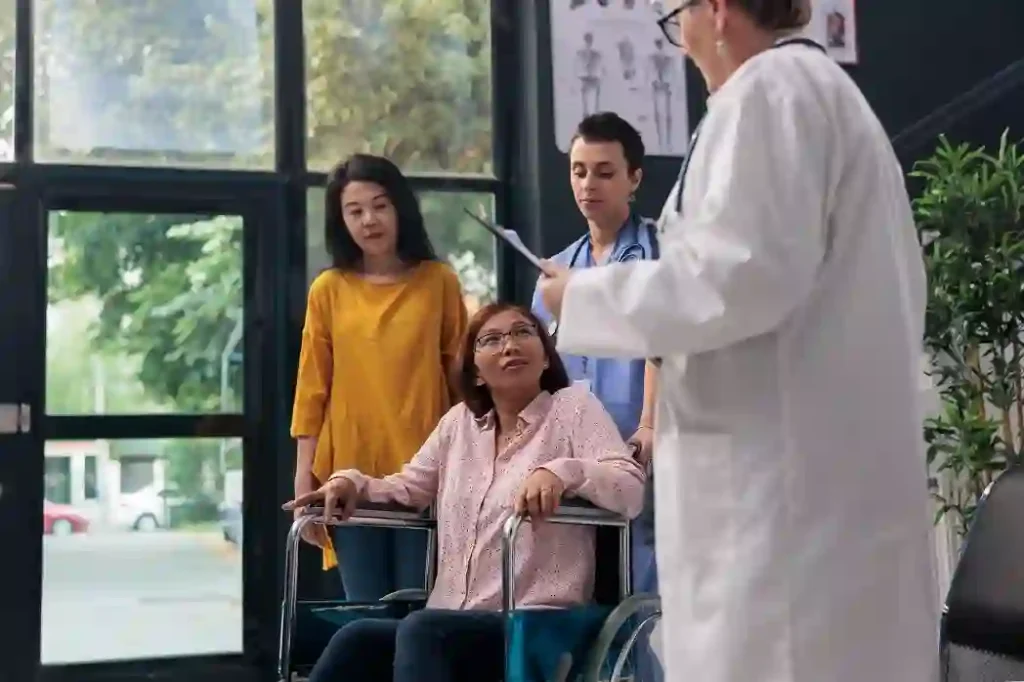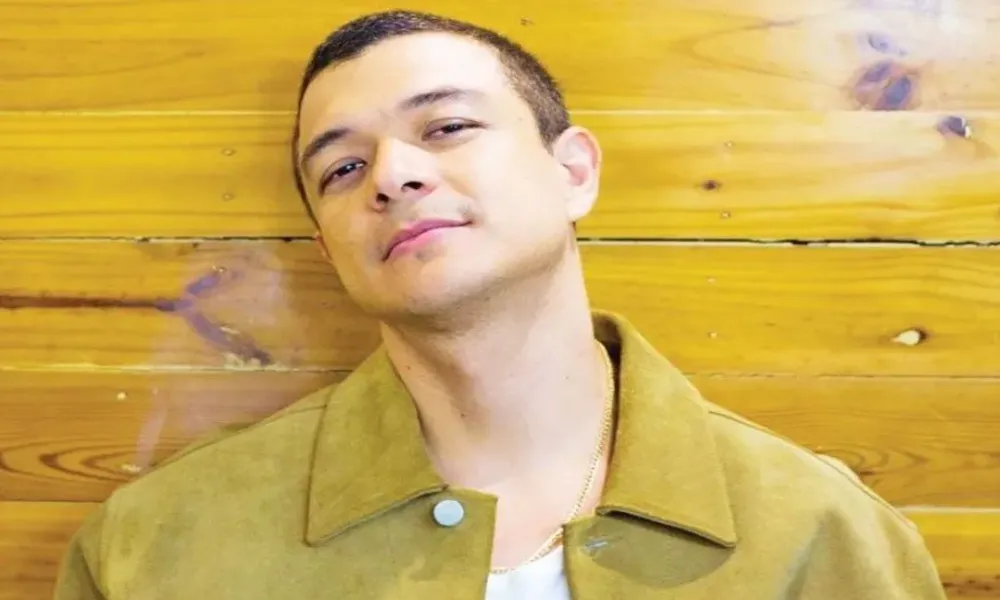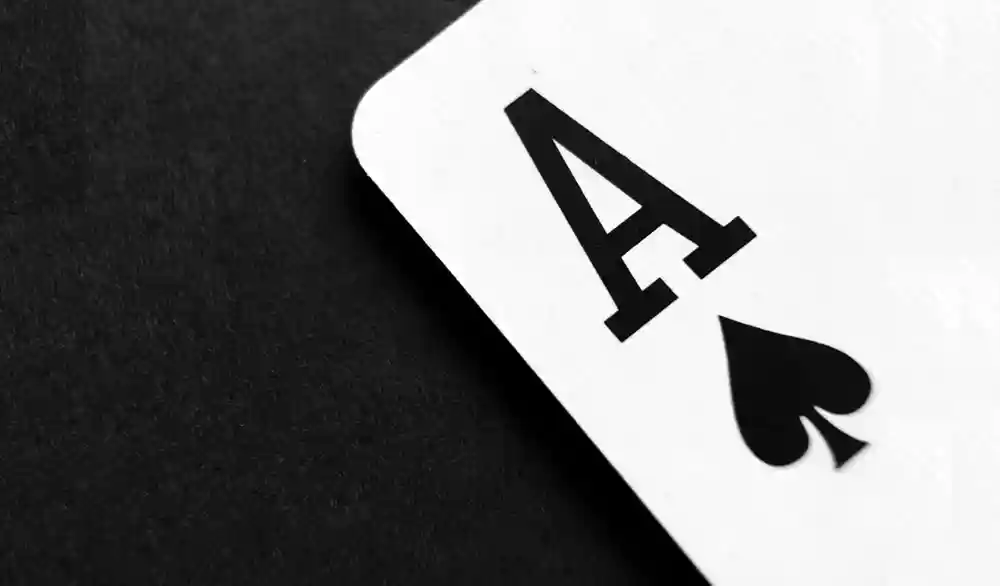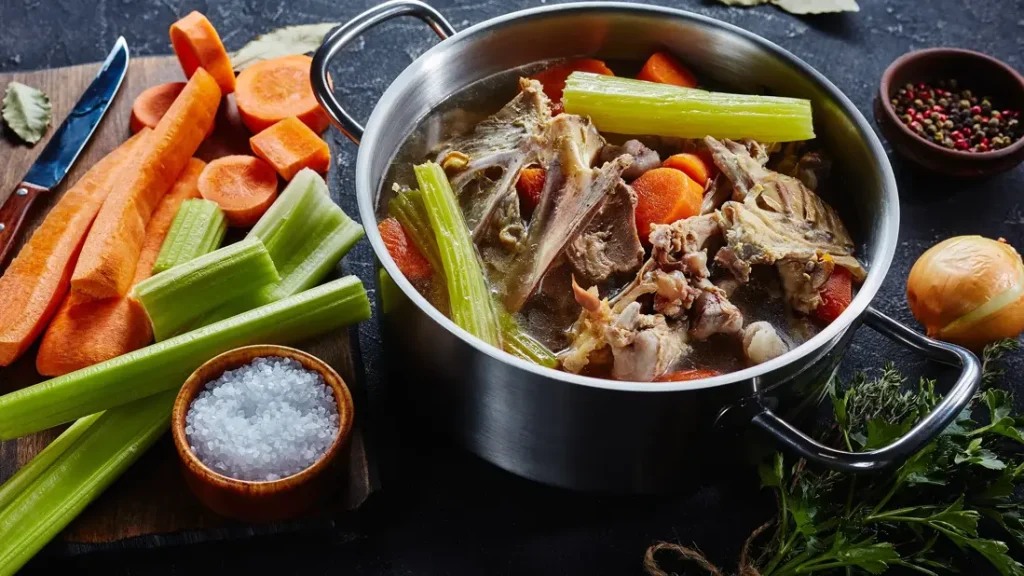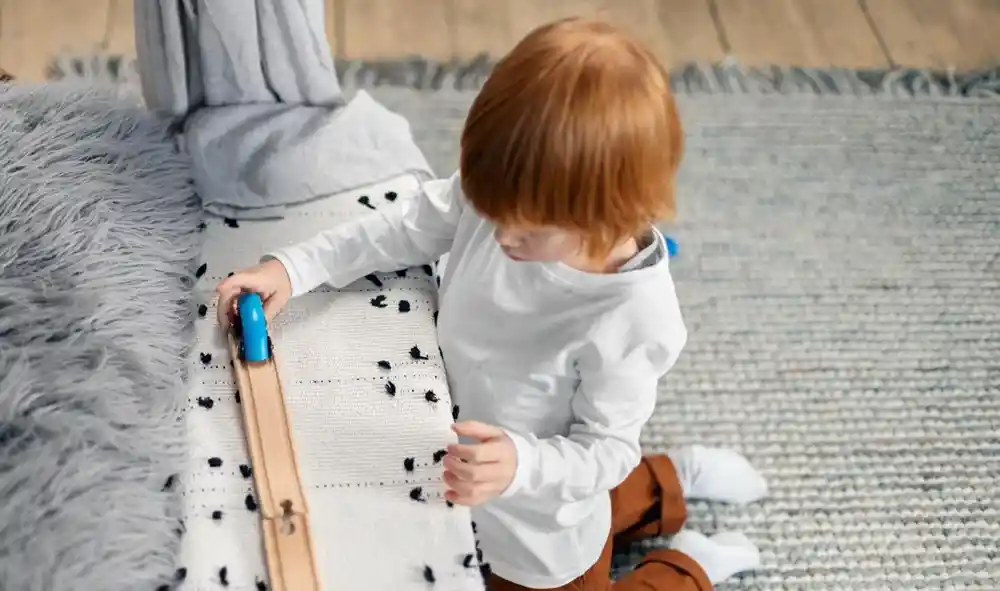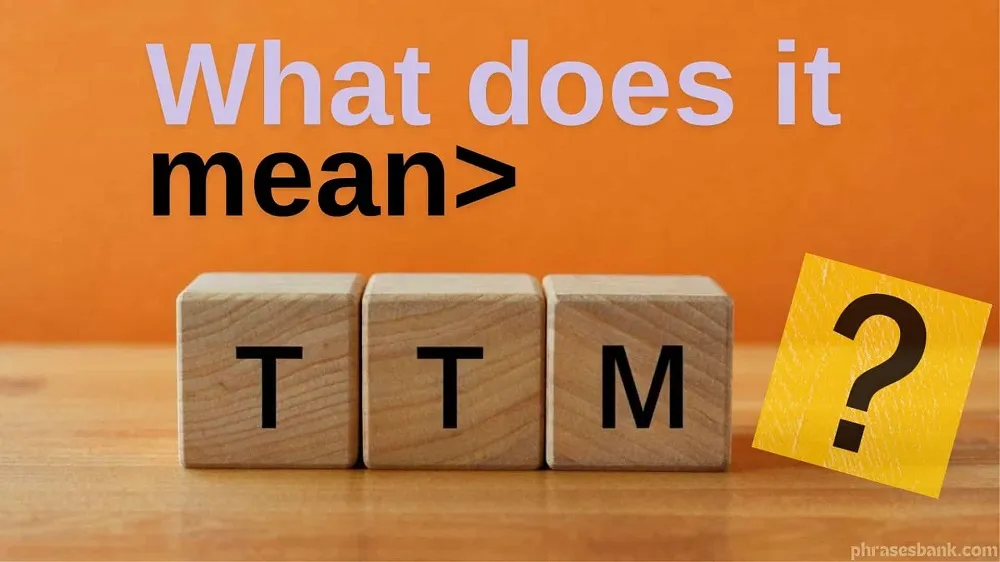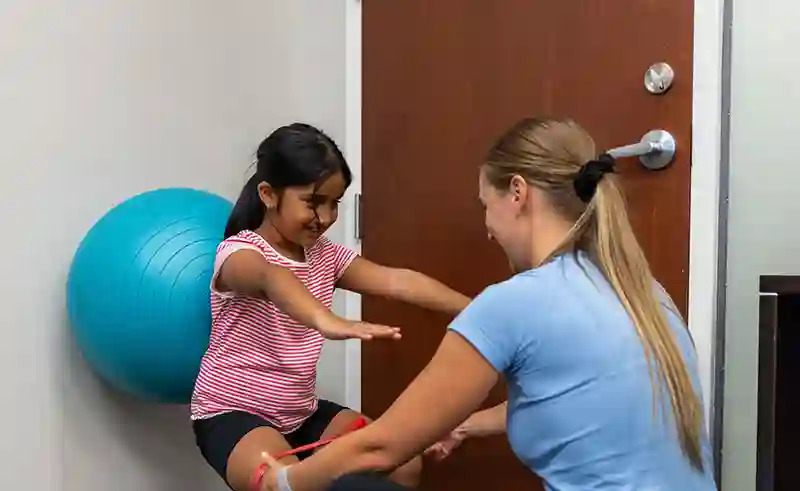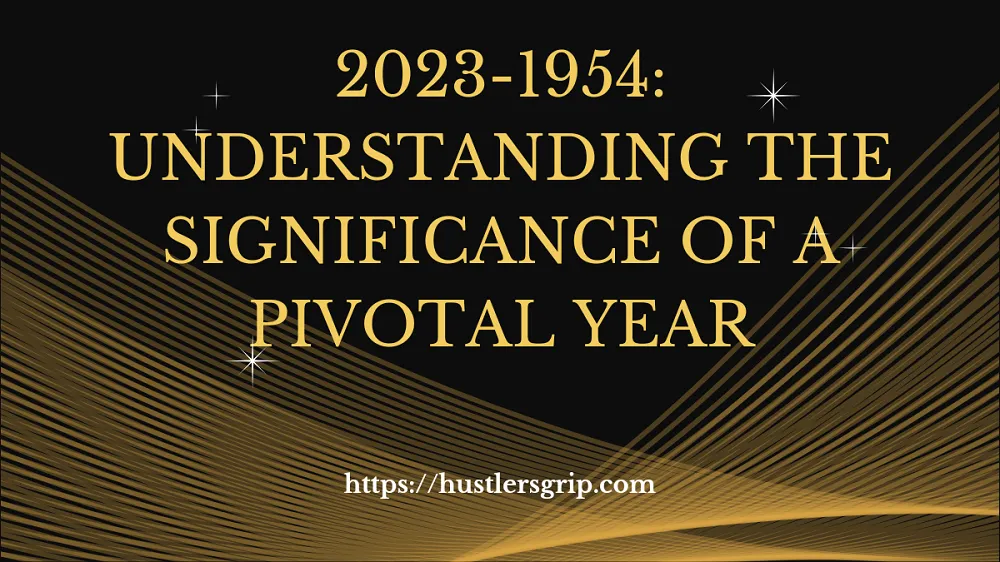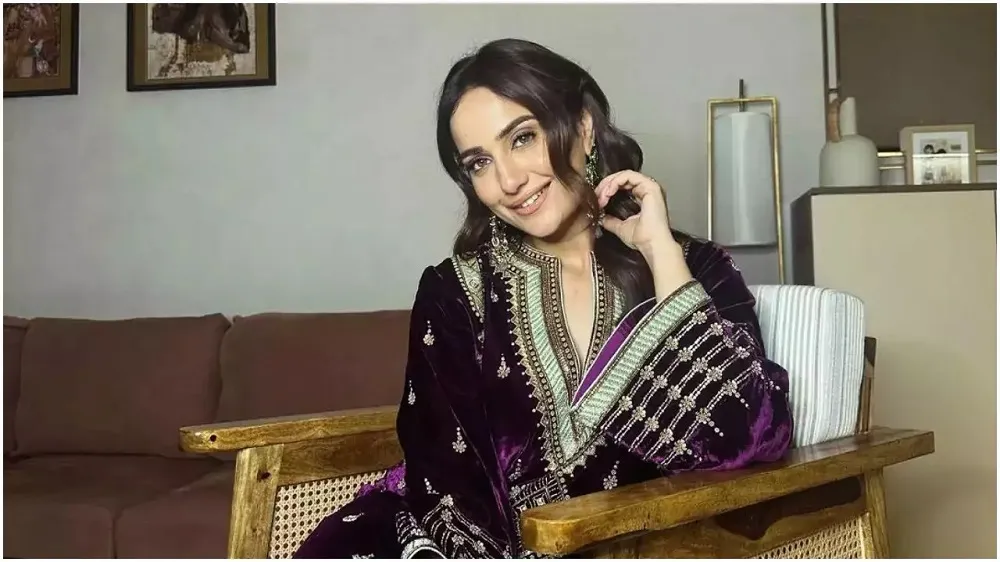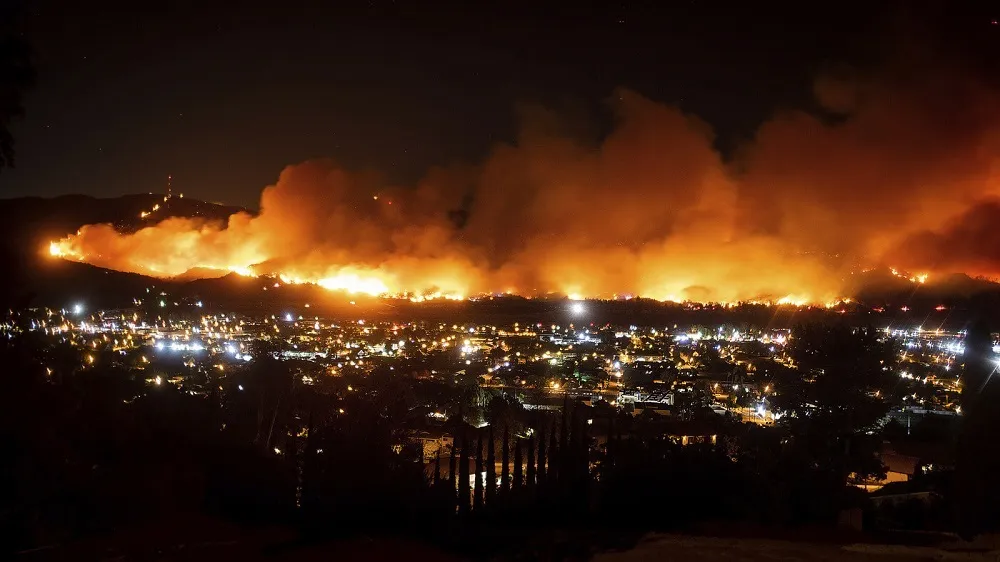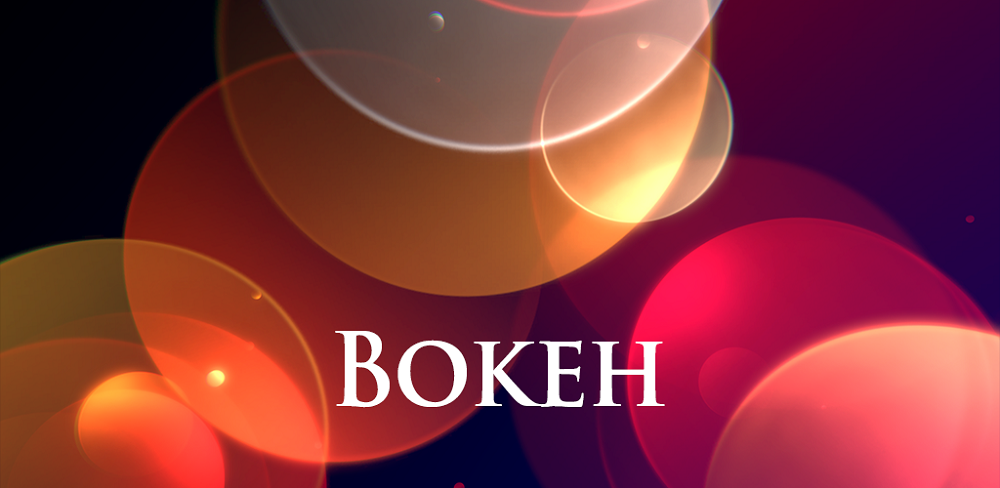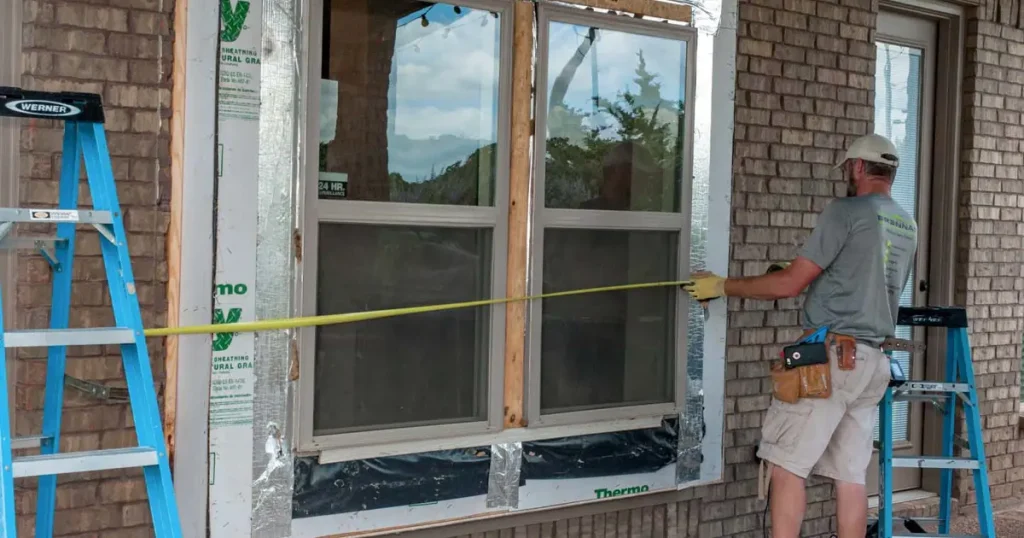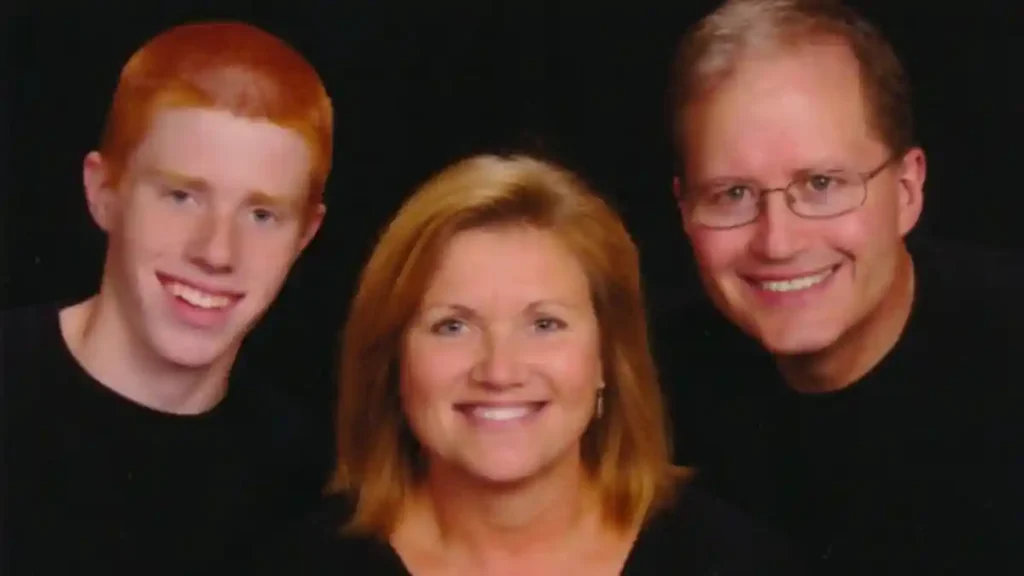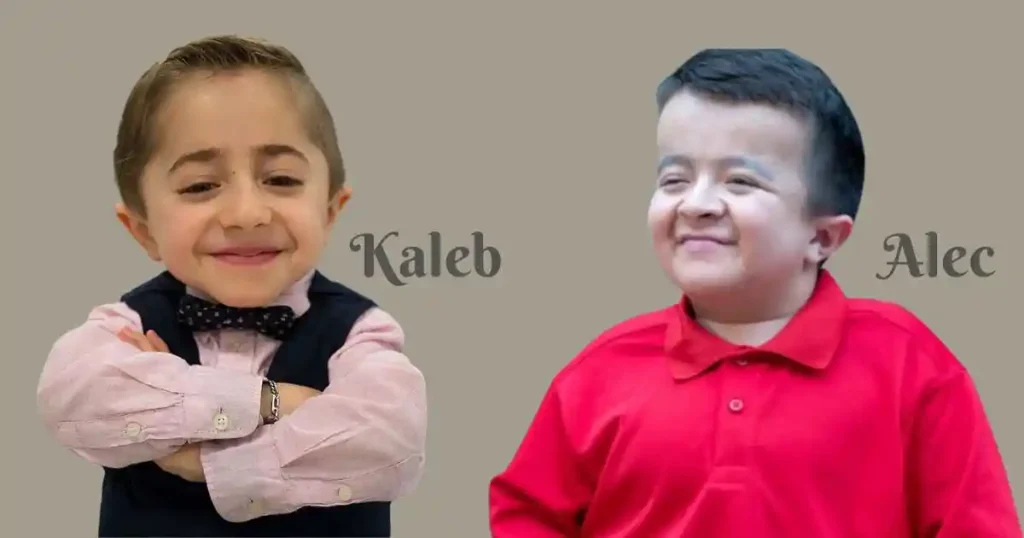How the Yahrtzeit Kaddish Strengthens Jewish Continuity
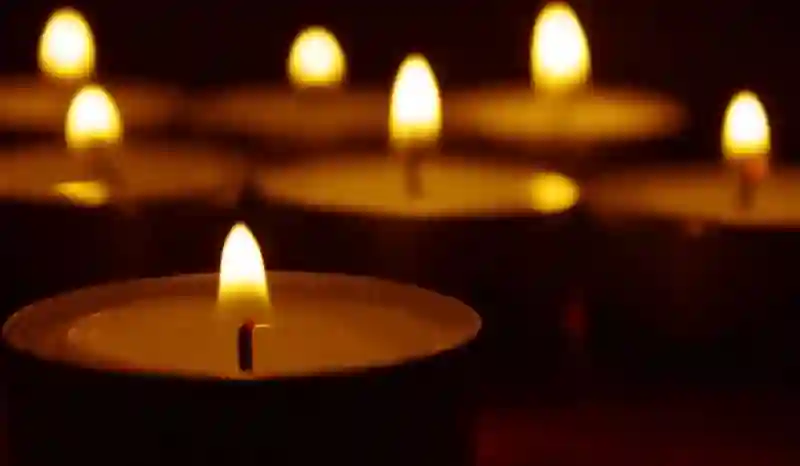
The Yahrtzeit Kaddish is more than a solemn prayer recited to honor the departed; it is a powerful thread woven into the tapestry of Jewish identity and intergenerational memory. It binds the living with those who came before, establishing a continuum of faith, values, and presence that transcends time. As families gather each year to mark the anniversary of a loved one’s passing, they reaffirm a collective identity built on shared rituals and responsibilities.
The Kaddish is not a eulogy nor an expression of grief—it is a declaration of sanctifying life in the face of mortality. Through its repetition and communal nature, it is a powerful vessel for preserving tradition. We will explore how this singular practice strengthens Jewish continuity by anchoring individuals in memory, family, and community while subtly reinforcing the timeless values that define Jewish life.
The Spiritual and Communal Power of Remembrance
The ongoing relevance of the Yahrtzeit Kaddish Service lies in how seamlessly it blends personal emotion with collective obligation. While grief is inherently individual, the Jewish response has always involved the community. Reciting the Kaddish transforms personal mourning into a public affirmation of connection with the deceased and the wider Jewish world. This is a deeply human process. We carry our loved ones forward through words and actions, and the Kaddish provides the language for this journey.
In many ways, the prayer is a quiet protest against forgetting. It insists that memory be practiced and that the dead remain present in our lives. This sense of responsibility and visibility holds such power in maintaining Jewish identity across generations. Rather than fading with time, the memory is rekindled repeatedly, keeping tradition alive. The following sections highlight how this single prayer supports and sustains Jewish continuity.
- Rooting the Present in the Past Through Ritual
Reciting the Yahrtzeit Kaddish annually creates a spiritual anchor in the ever-shifting rhythms of life. Amid personal growth, changing surroundings, or even fading memories, this consistent act provides a firm connection to ancestors and the legacy they’ve left behind. In a world driven by modernity and fast-paced change, showing up in synagogue or pausing to recite the prayer is a profound commitment to remembering where one comes from.
Each time the words are spoken, the mourner is brought back to the values and character of the honored person. Over time, this remembrance shapes identity not through grand gestures but through quiet consistency. The ritual is not passive—it requires participation, intention, and presence. This active engagement ensures that family histories and Jewish identity are not lost to time. Instead, they are affirmed annually, quietly reinforcing a sense of belonging and responsibility to a lineage that doesn’t fade away with death.
- Strengthening Community Bonds Through Shared Mourning
One of the defining aspects of the Yahrtzeit Kaddish is that it is recited in a minyan—a gathering of ten Jewish adults. This requirement transforms private mourning into a communal act. In doing so, the prayer becomes a collective reinforcement of identity and support. Each time someone stands to say Kaddish, the community is reminded that life and loss are shared experiences. Those who join the mourner do more than fulfill a religious obligation; they actively participate in preserving another person’s family memory.
The minyan becomes a structure of support, a place where stories, legacies, and names are kept alive by relatives and fellow Jews. This mutual responsibility draws people back to the synagogue, even when it would be easier to forget or skip. In this space, continuity is not just about personal memory but also about the role every individual plays in sustaining the memory of others. That sense of shared duty deepens communal ties and inspires generational participation.
- Teaching Generational Responsibility Without Words
Children and grandchildren observing a parent or elder recite the Yahrtzeit Kaddish absorb an unspoken lesson about the weight of responsibility and memory. No lecture or formal instruction is required. The act itself speaks volumes. Year after year, watching someone rise to say Kaddish teaches the next generation that remembrance is not optional but essential. It shows that those who came before are not forgotten and that honoring them is a core component of Jewish identity. As these young witnesses mature, they begin to take up the practice themselves, often without fanfare.
In many families, this tradition becomes a rite of passage. Reciting Kaddish for a grandparent becomes a powerful moment of stepping into one’s role in the chain of transmission. In this way, the Yahrtzeit Kaddish doesn’t just connect the present to the past—it quietly ensures that the future remains connected, too. This passing down of responsibility sustains Jewish continuity without needing to state it directly.
- Sanctifying Life Through the Language of Loss
Though the Kaddish is recited in memory of the dead, it is not a prayer about death. It contains no mention of the deceased, no reflection on loss or mourning in the traditional sense. Instead, it magnifies and sanctifies God’s name, reaffirming life and creation. This paradox—honoring the dead through a prayer that praises life—serves a deeply Jewish philosophical purpose. It teaches that the memory of those we’ve lost should inspire us to live with greater intention. Saying the Kaddish is a declaration that their lives mattered to us personally and to the world.
The Yahrtzeit Kaddish is not just about remembering the dead—it is about preserving life, community, values, and identity. Its power lies in its consistency, communal nature, and subtle ability to pass on responsibility from one generation to the next without needing to ask. In the face of assimilation, distraction, and disconnection, this simple prayer reminds us of who we are and came from. It provides the structure through which memory becomes legacy and mourning becomes renewal. Through the Kaddish, Jewish continuity is not preserved by institutions alone but by the quiet voices of individuals choosing to remember. As long as the Kaddish is recited, the voices of the past will continue to echo into the future, carrying their names, values, and faith forward.


